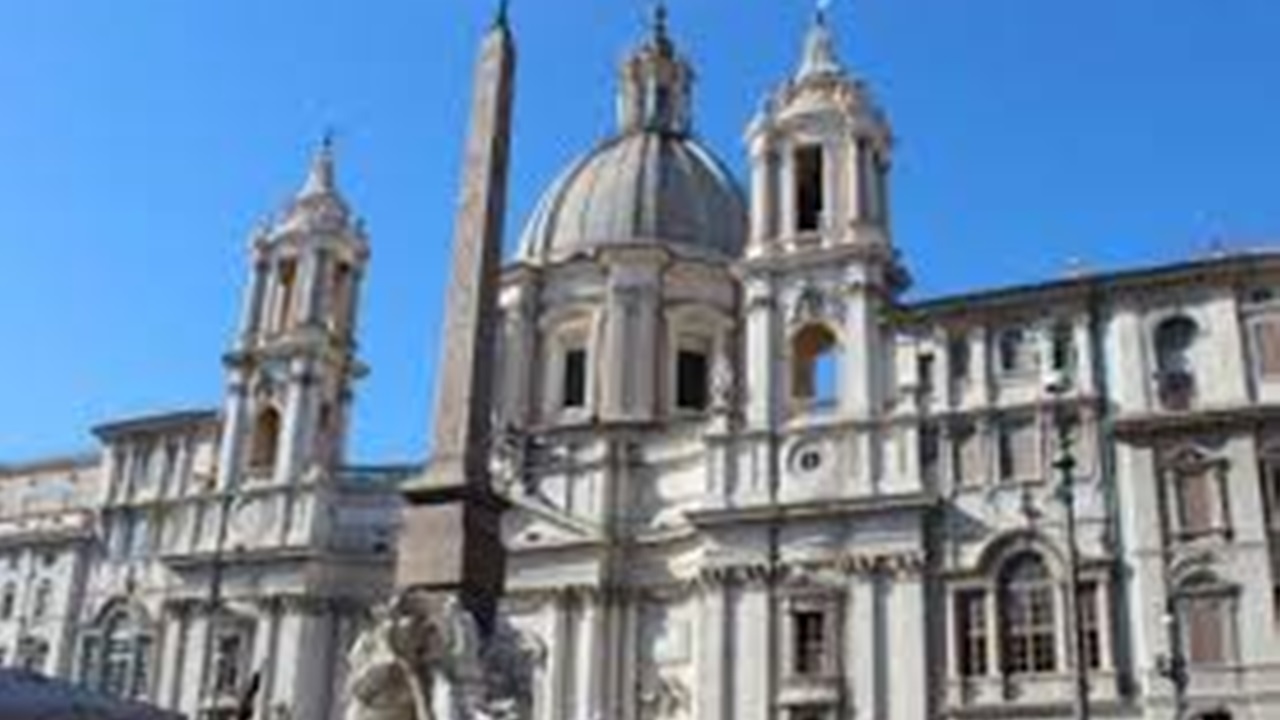Saint Agnes, the saint martyred like lambs
The cult towards St. Agnes it developed in Rome in the 4th century, during a period in which Christianity suffered numerous persecutions. In that difficult period the young martyr represented an example of strength and courage. The name of Agnes derives from the Greek adjective and means pure and chaste and is connected to the Latin term lamb, with a biblical and symbolic meaning.

In Rome, in the early 8th century, there was a monastery and an oratory dedicated to Sant'Agnese ad duo Furna. The church of Sant'Agnese in Piazza Navona, which is located on the site of her martyrdom.
In the 9th century, the body of the saint, venerated in an ark in the crypt of the basilica on Via Nomentana, was deprived of the head, which was transported to the Sancta Sanctorum of the Lateran Palace. On that occasion, the remains of Saint Emerenziana, defined as catechumen and foster sister of Agnes, were united to those of Sant'Agnese. Emerenziana was stoned on the same day as the funeral of Sant'Agnese.
The head of Saint Agnes, which according to an examination medical health insurance company appeared to belong to a young girl of 11-12 years old, it was placed in a reliquary in the chapel Doria Pamphili in the church in Piazza Navona.

Saint Agnes and the tradition of the little lambs
The cult of Saint Agnes was already widespread in Middle Ages, as evidenced by the churches dedicated to her and the representations of her figure in fresco cycles. The martyrdom of Agnes was often the subject ofthe sacred representations. In a'ancient tradition, in the basilica on Via Nomentana, every year on January 21st they are blessed two lambs raised by religious women. There their wool it is used by the Benedictines of Santa Cecilia to weave the sacred palli, white stoles of the Catholic patriarchs and metropolitans, which are then blessed by the Pope on the evening of June 28th on the tomb of Saint Peter.
Saint Agnes is considered the patron saint of young people and the protector of chastity, gardeners and greengrocers. She is also the patroness of the Order of Trinitarians. According to tradition, the 28 January 1193, the saint's parents went to her tomb and Saint Agnes appeared to them with a lamb in arms, symbol of Christ. This event inspired Saint John de Matha to found an order that would deal with the ransom of prisoners. Sant'Agnese is also there patroness of the Viscontis, gentlemen of Milan.